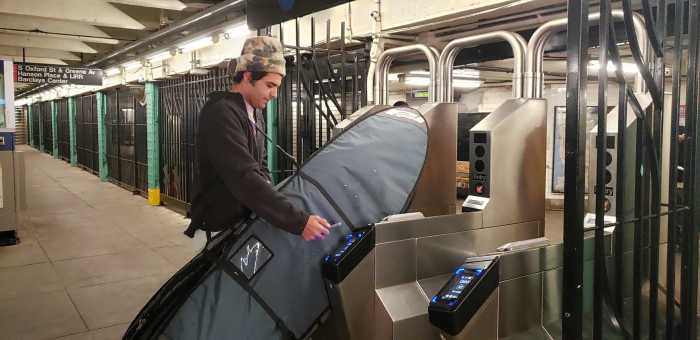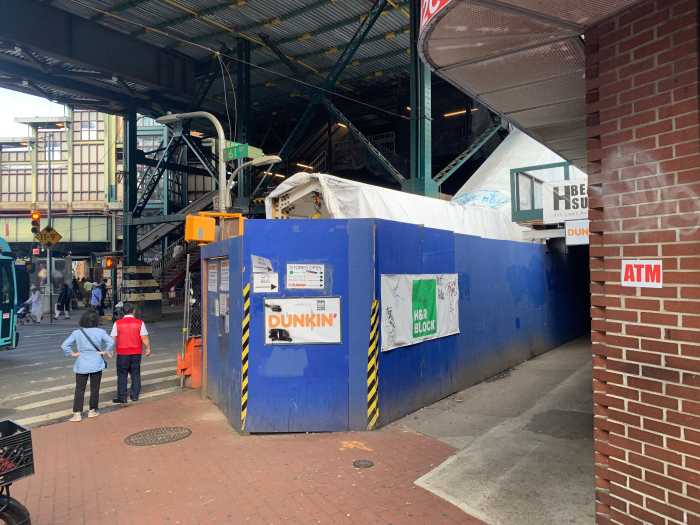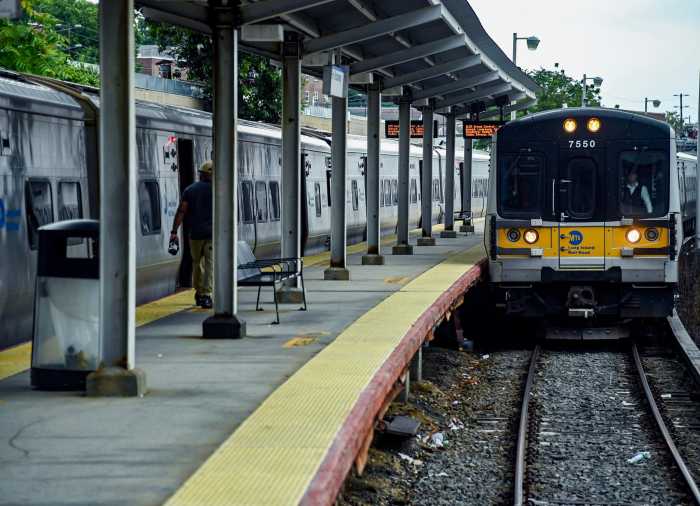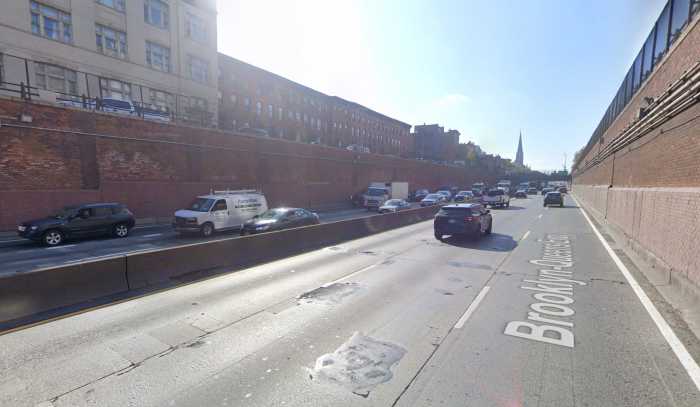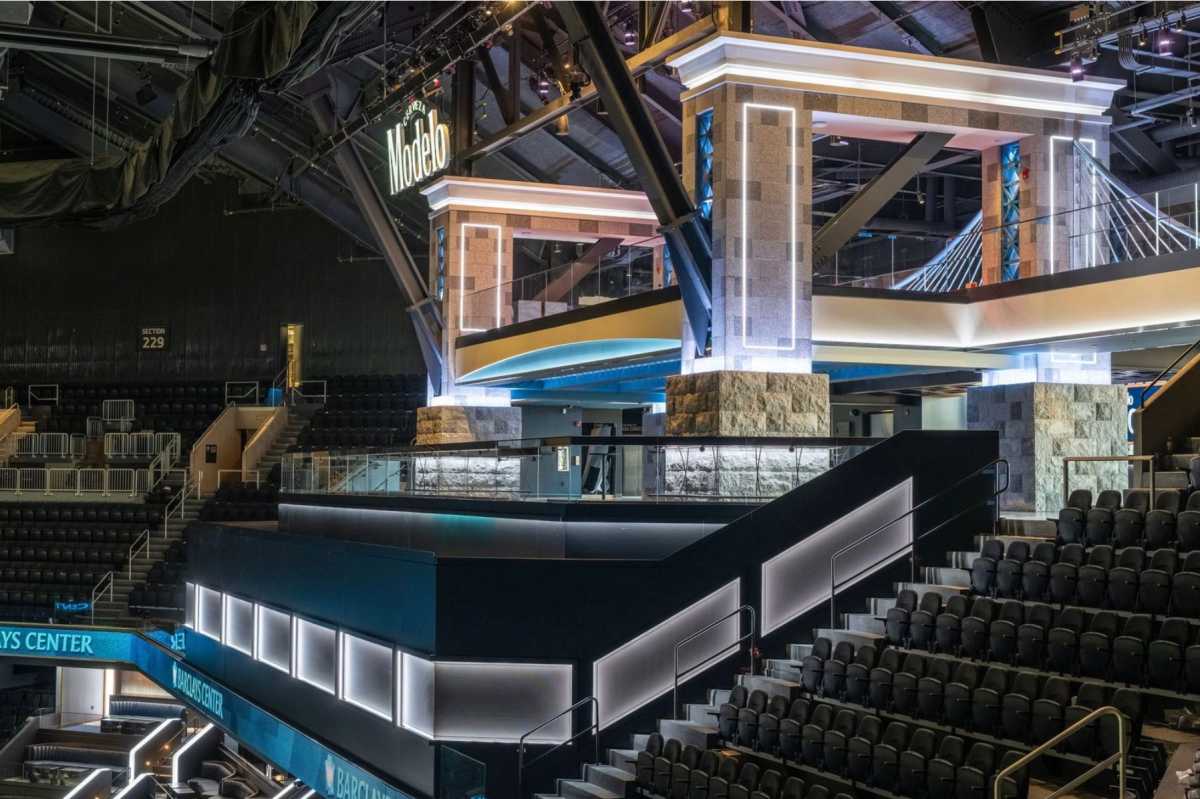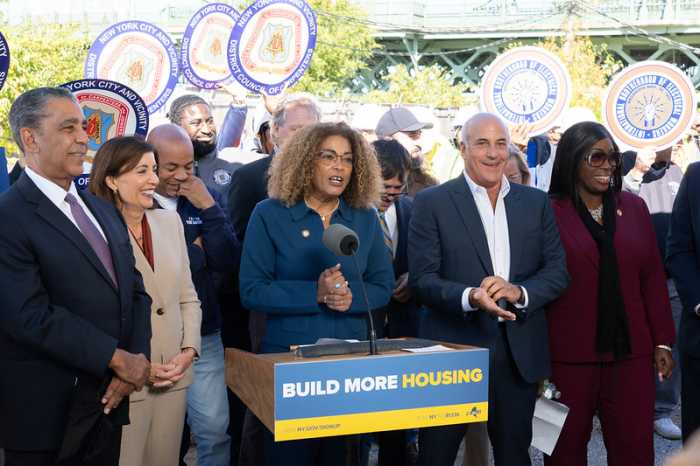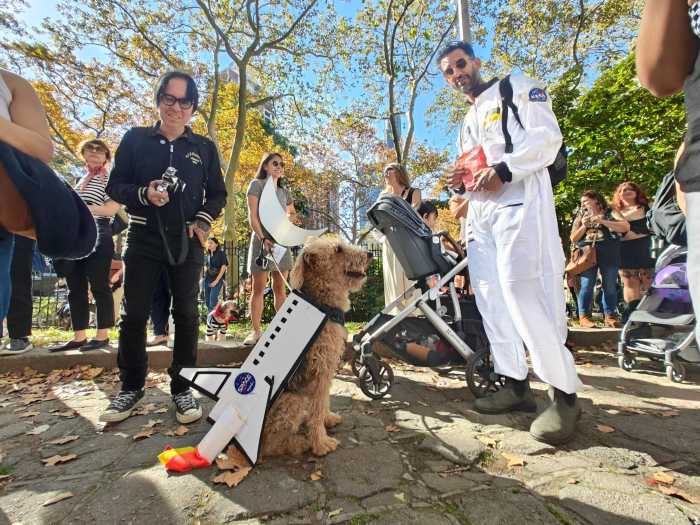
The MTA’s subway elevators and escalators break down partially because the agency has neglected its maintenance of the equipment, according to a new audit from City Comptroller Scott Stringer.
The audit, which sampled 65 elevators and escalators in the subway system, charged the MTA with failing to properly service its machines to prevent outages or keep coherent records of work done on the equipment.
The MTA insisted that the vast majority of maintenance was completed on time and criticized the small sample size of the audit.
Stringer’s report comes less than a week after two class action lawsuits were filed against the MTA that accuse the agency of discriminating against disabled riders.
“New Yorkers constantly see and experience broken elevators and escalators — and this audit shows us why it’s happening,” said Stringer, who released the audit Monday. “Preventive maintenance is late or not happening at all, and when defects are identified, work orders aren’t always created. It’s not rocket science – it’s common sense. If we aren’t proactively servicing these machines, and if we aren’t repairing them when we find problems, they’re going to break down.”
Nearly 80% of the 65 escalators and elevators didn’t receive all of their scheduled preventative maintenance assignments, according to the audit. And during an 18-month period where 849 service assignments were scheduled for those machines, roughly 249, or 29% of all assignments, we not completed on time or at all.
“When seniors and people with disabilities can’t get to where they need to go because of a broken elevator or escalator, government is failing them,” Stringer said. “This audit isn’t just about basic maintenance. It should be a reminder that behind every broken machine, behind every motionless escalator or elevator, there are people who can’t travel.”
There are 248 elevators and 224 escalators within the MTA’s network of 472 subway stations. Those machines are accessible 96% of the time, according to the agency. But, in total, there are just 117 stations that meet American Disabilities Act requirements. MTA stations built before the ADA’s passage in 1990 have been grandfathered in.
The calendar for scheduled preventative maintenance work on those elevators and escalators is set in advance, set over a 12-month period.
The MTA said the comptroller’s report overlooked its policy on the maintenance.
For instance, if an escalator breaks down ahead of its scheduled preventative maintenance, workers will repair the escalator and perform that maintenance while they’re making the repair. Agency policy states if an elevator or escalator has received servicing within 30 days before a scheduled maintenance, that maintenance is no longer needed.
Of the 849 service assignments, 96% were completed, according to the MTA, not 66%, as the audit said.
“The most in-depth inspections were all completed on time during the audit period,” said Beth DeFalco, an MTA spokeswoman. “We have a detailed system for the maintenance of these machines and closely track work that is done to keep our elevators and escalators safe and available for our customers.”
It costs the MTA $30 million on average to make an underground subway station ADA-accessible, according to the MTA. More than $1 billion has been allocated in the MTA’s current capital plan to be spent toward increased accessibility, with money secured to bring 25 more stations up to ADA accessibility standards.



